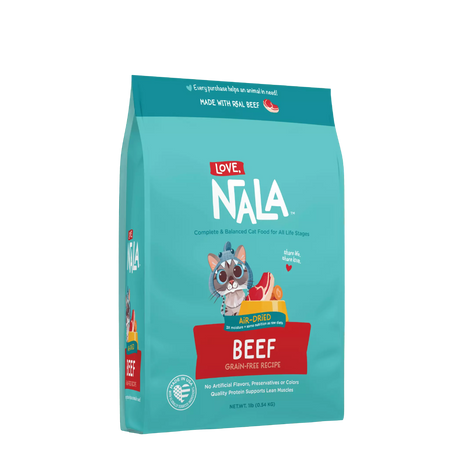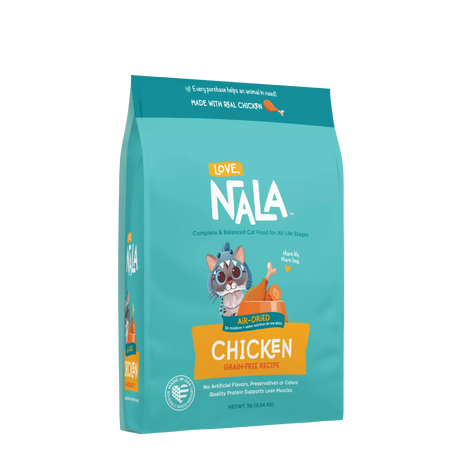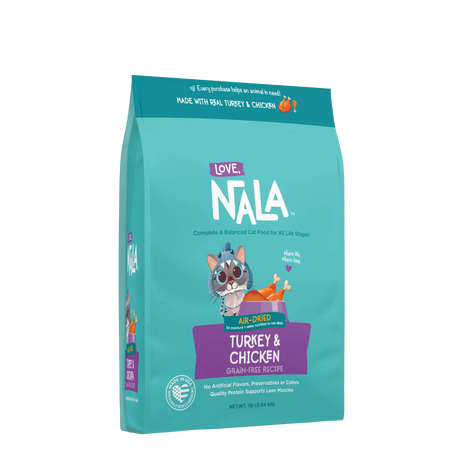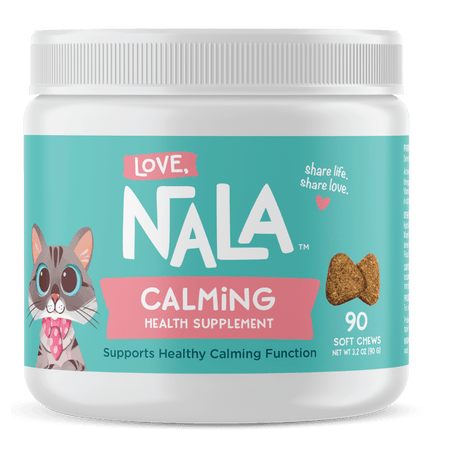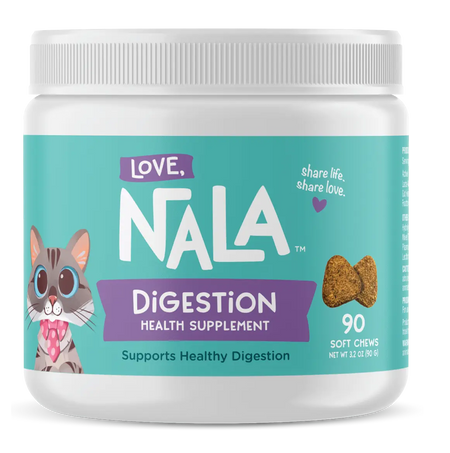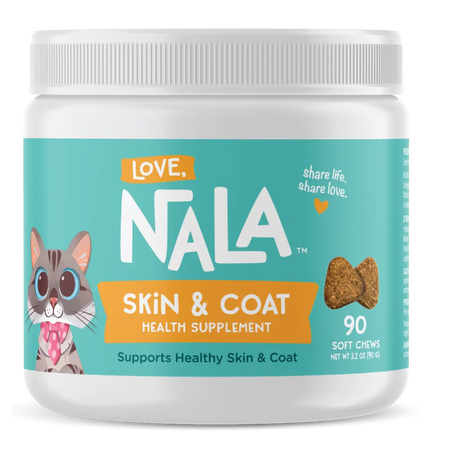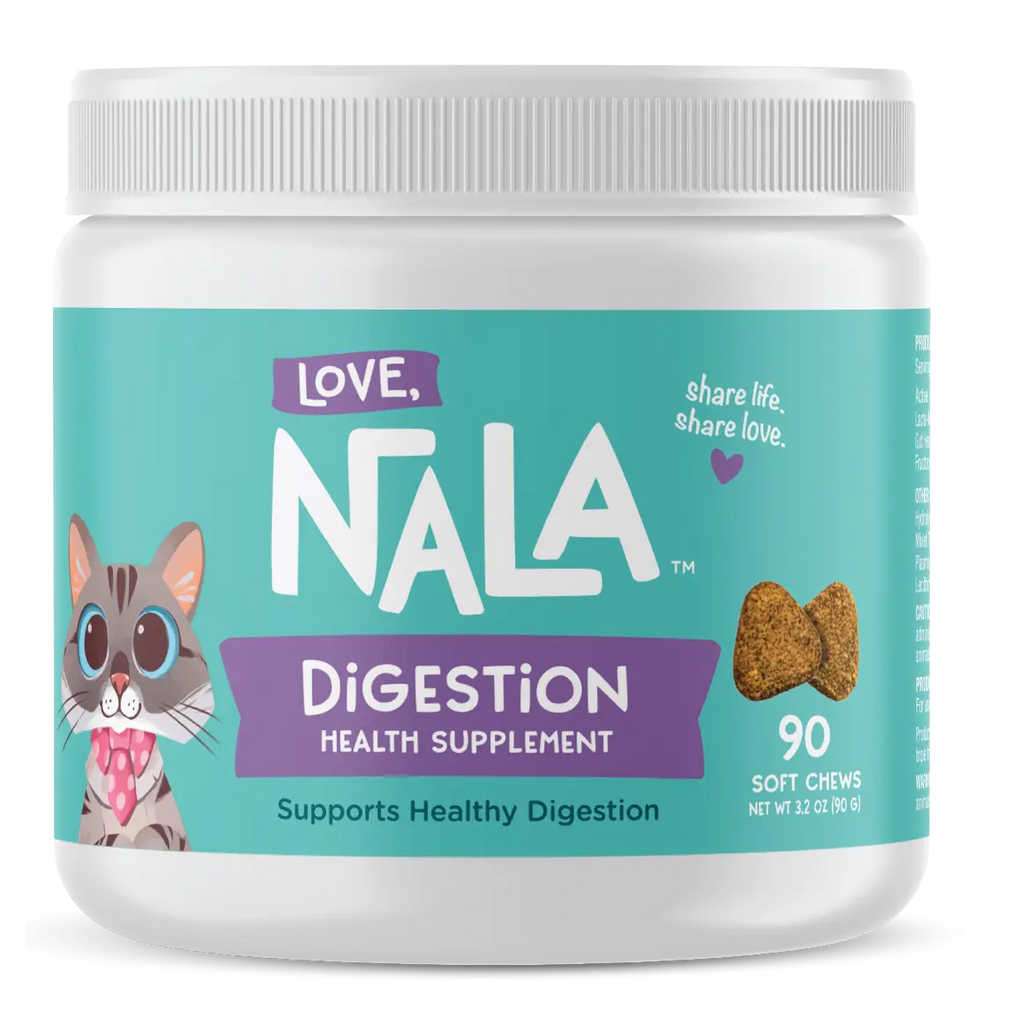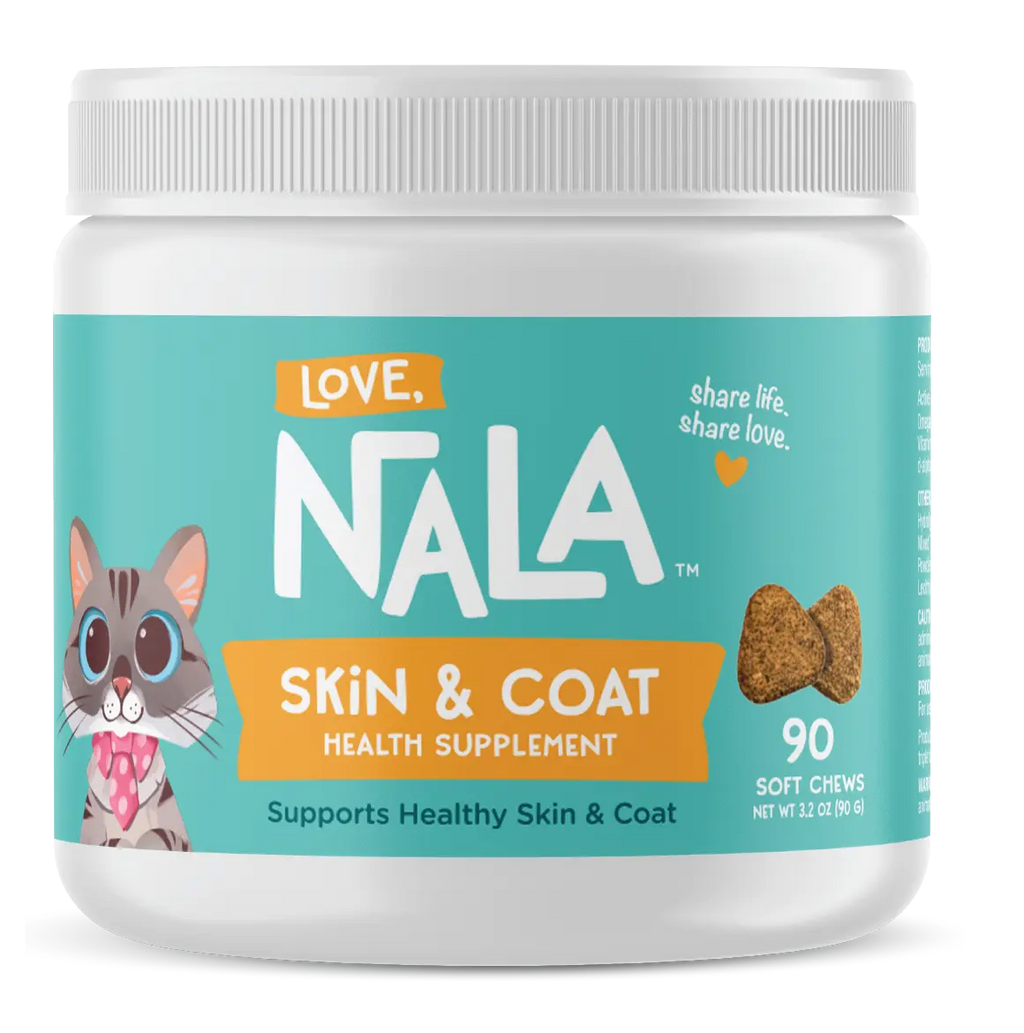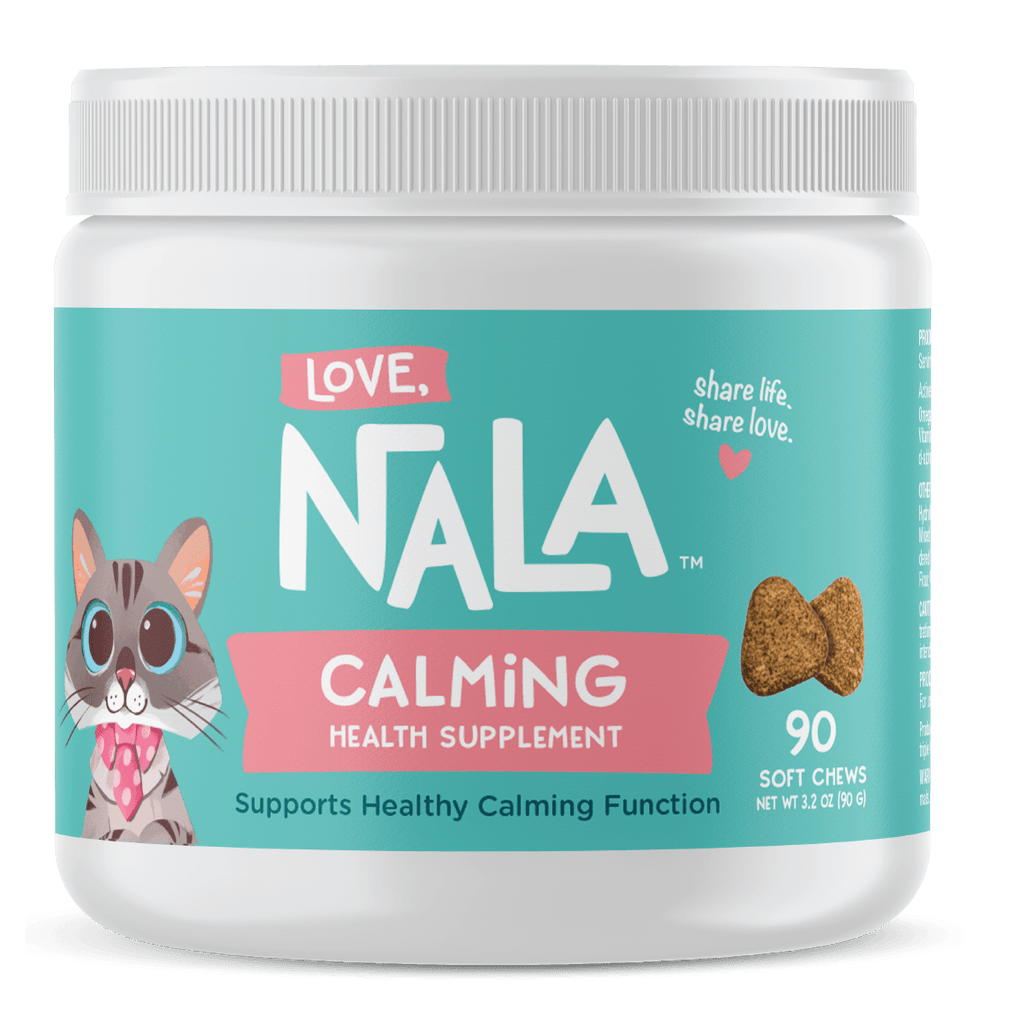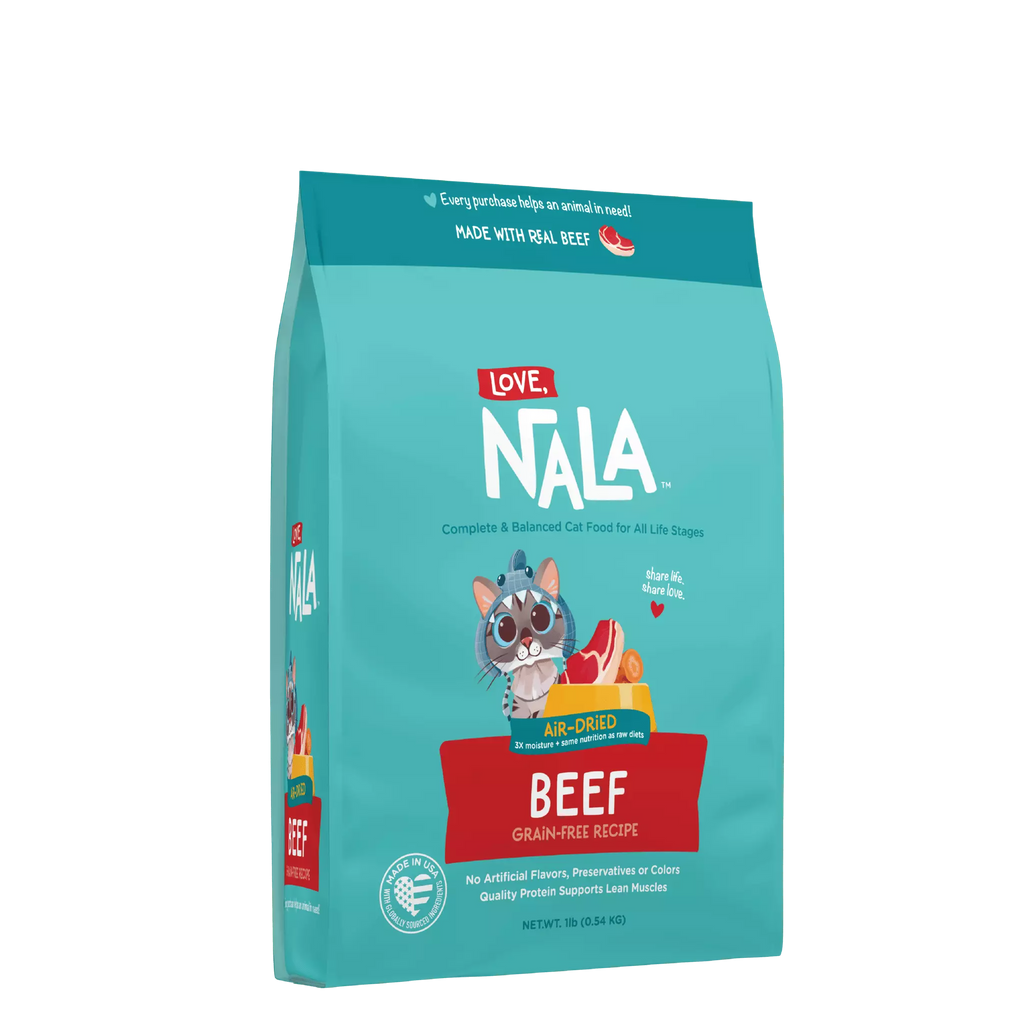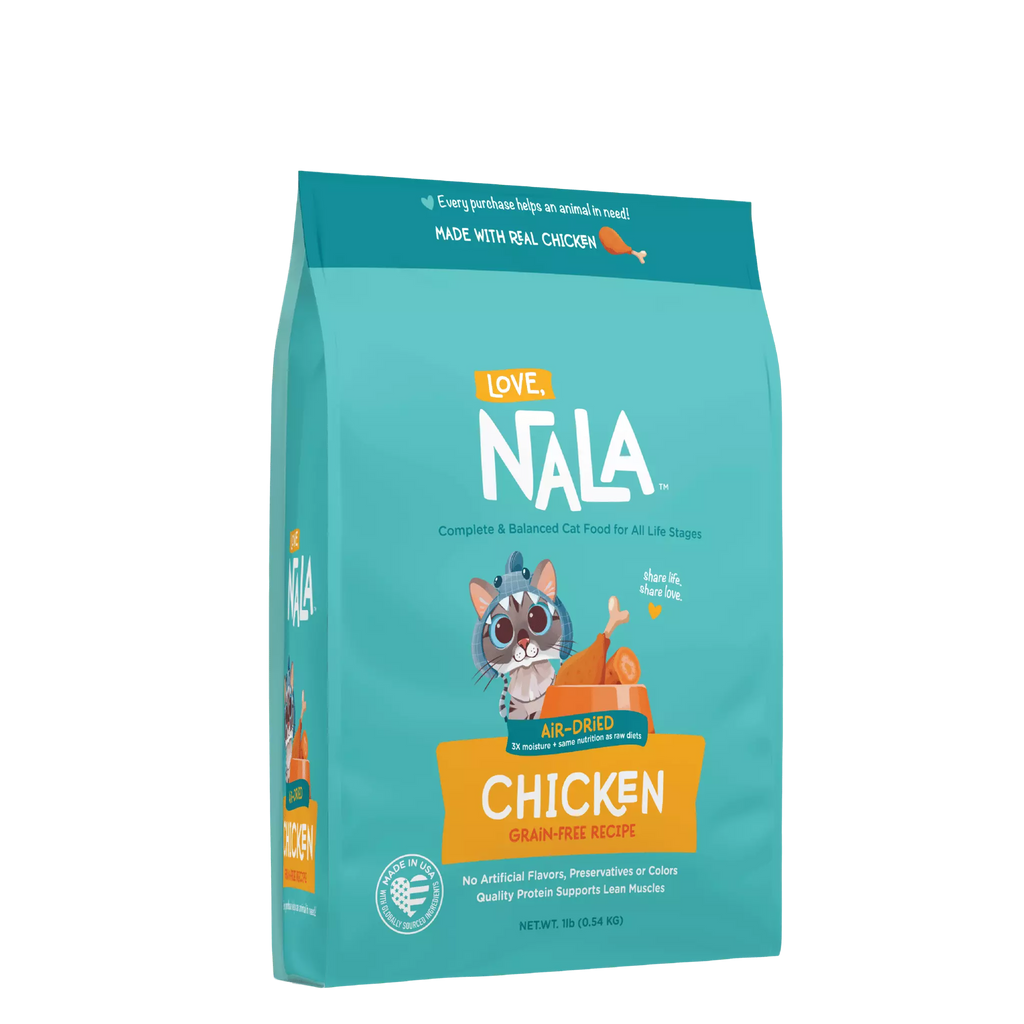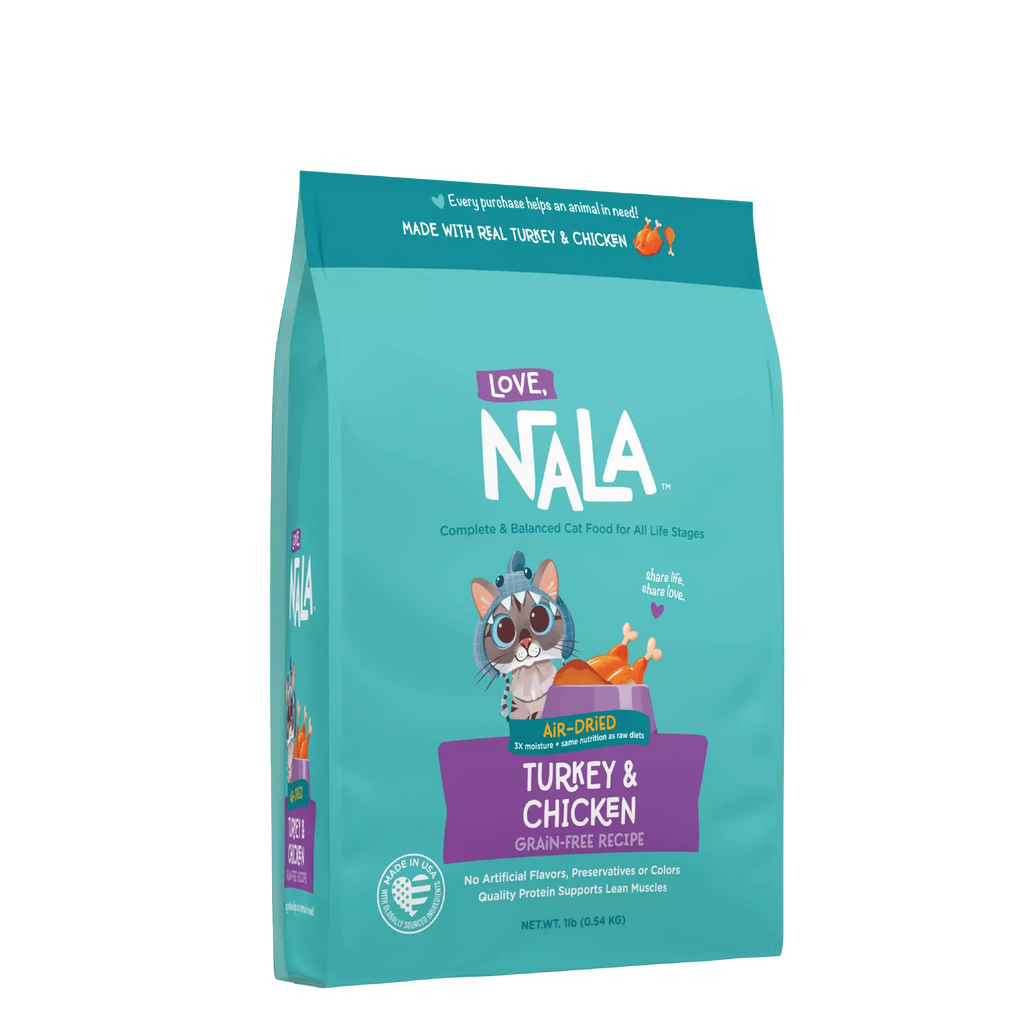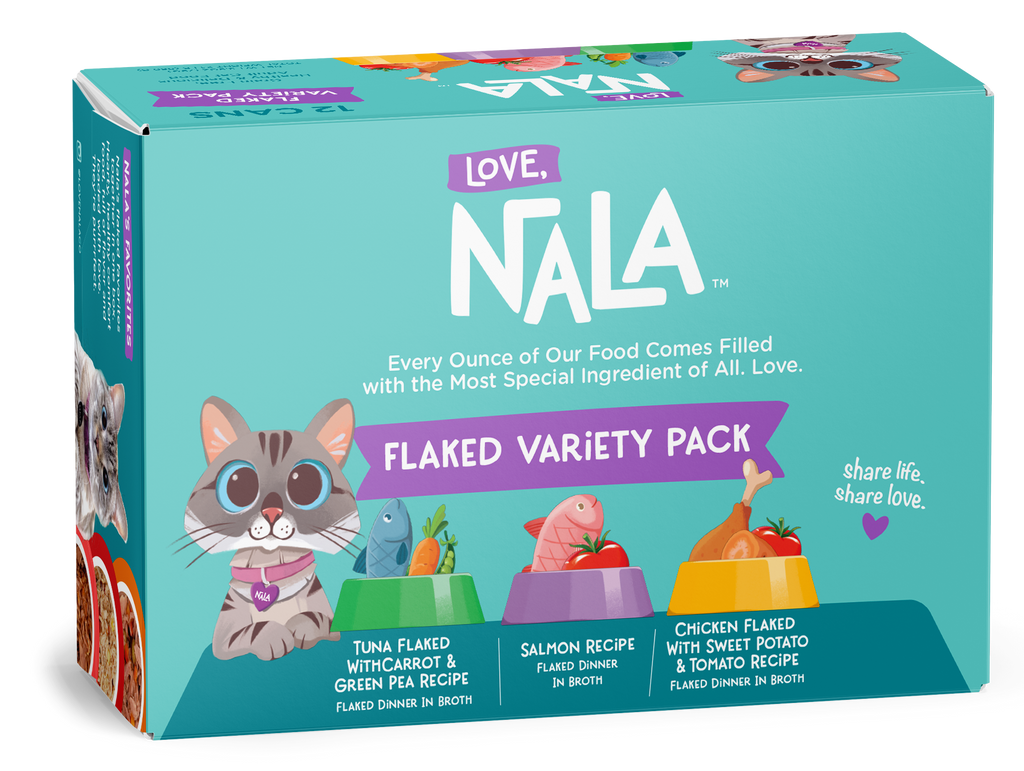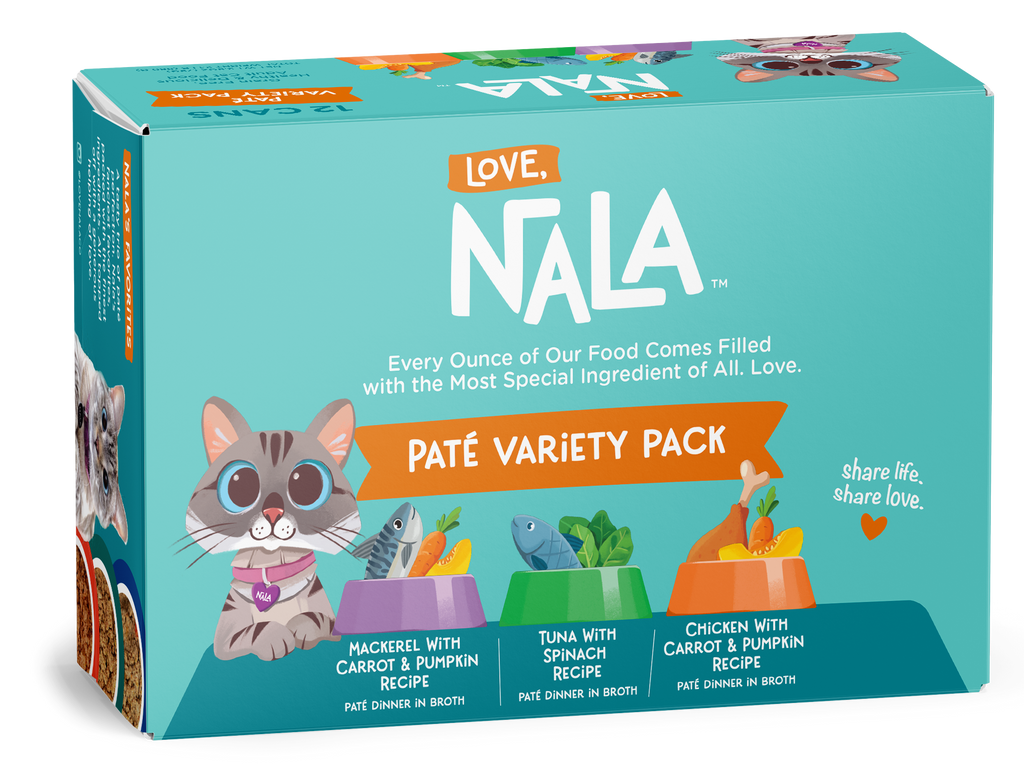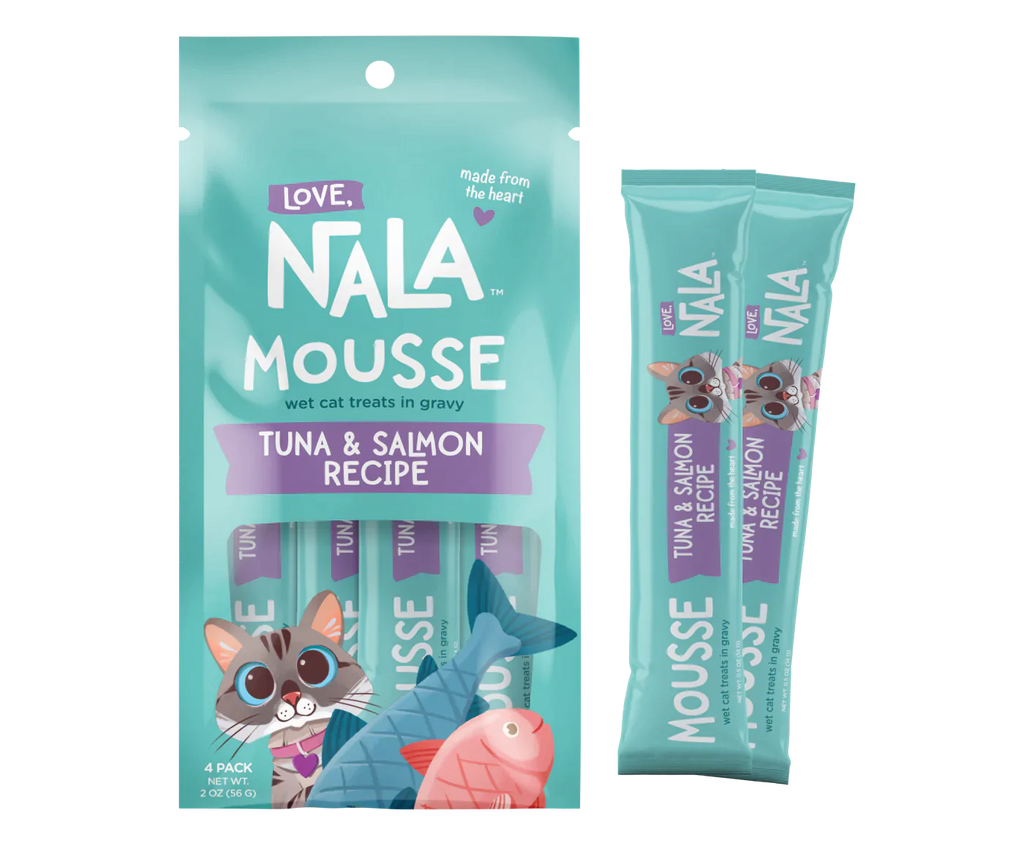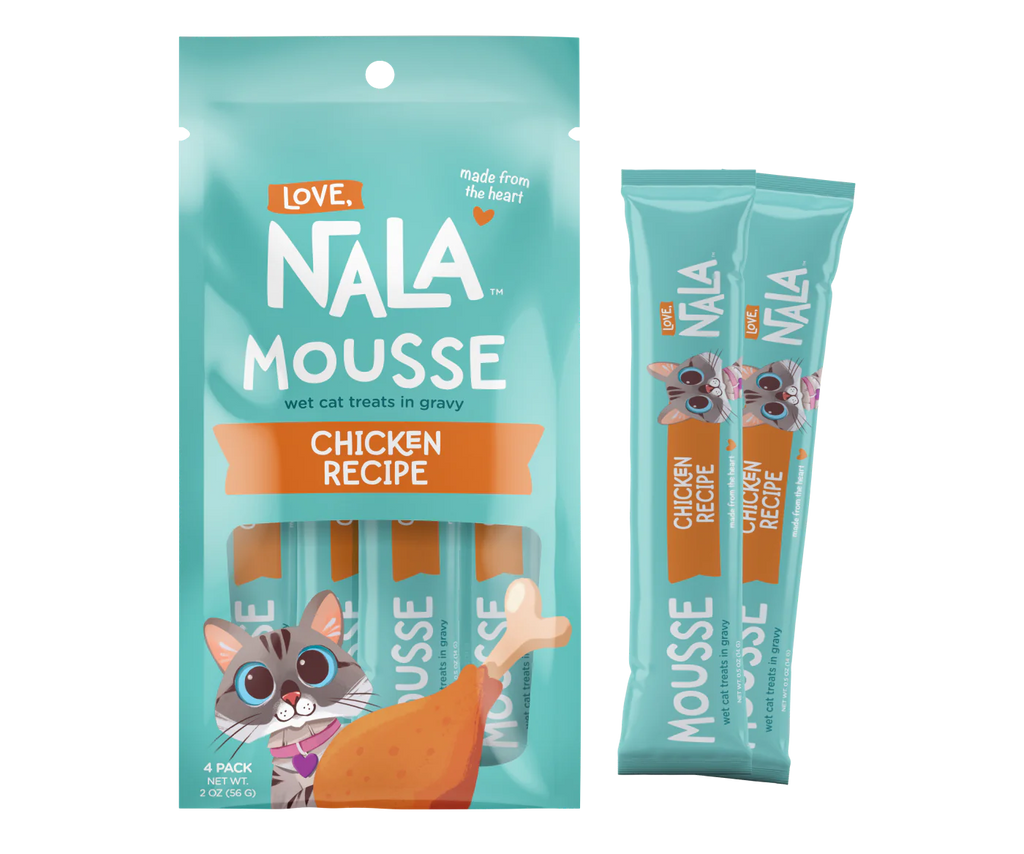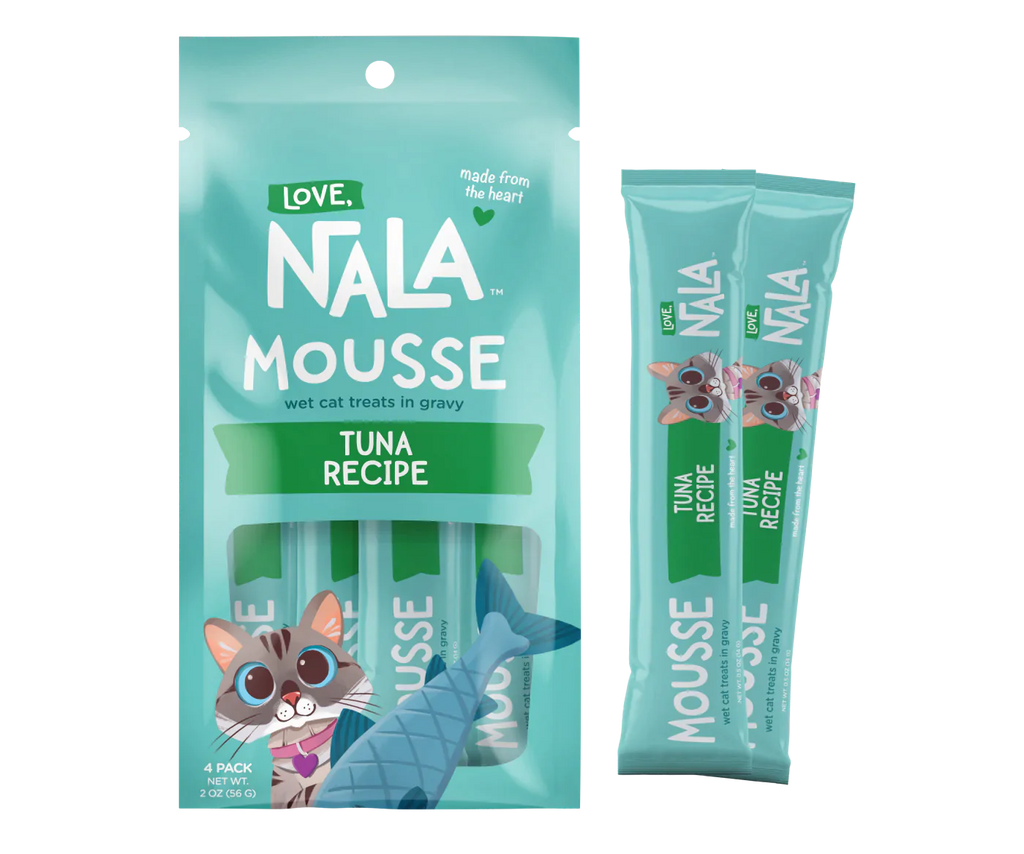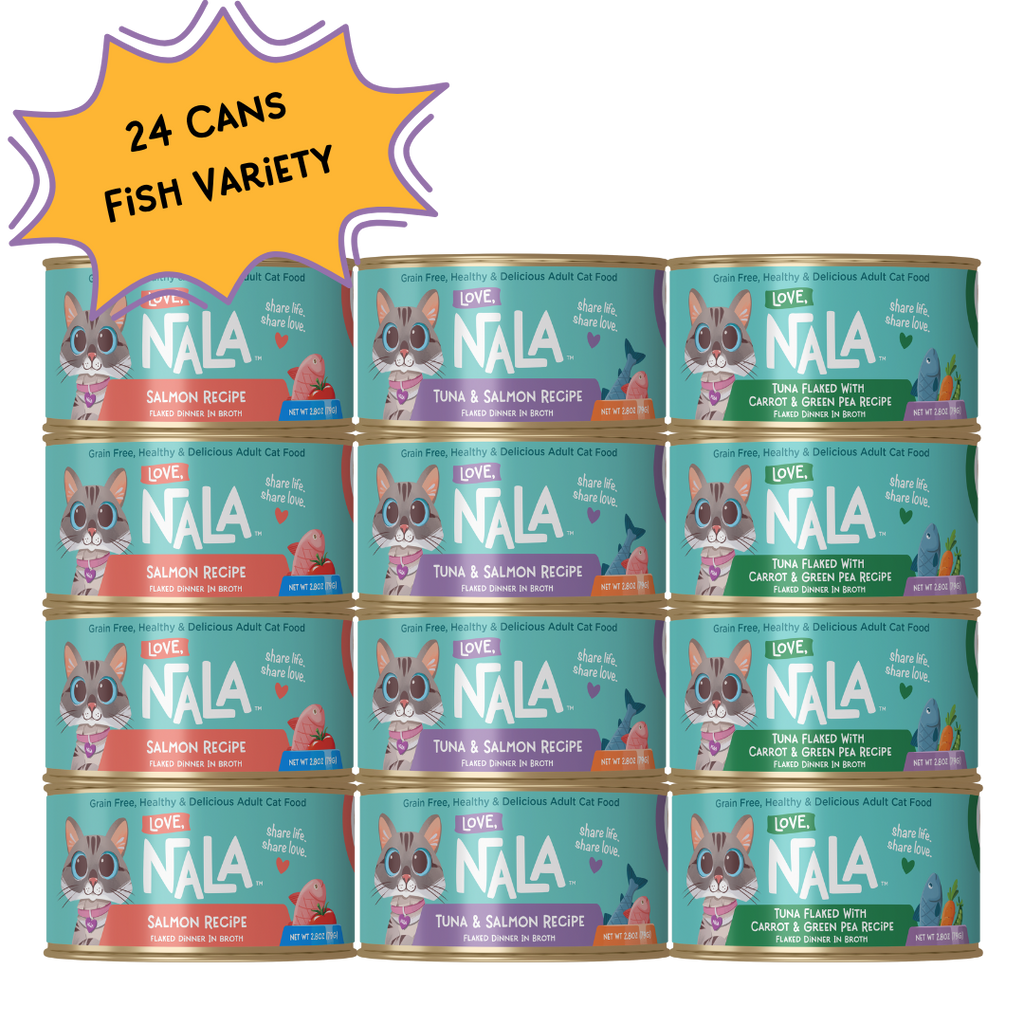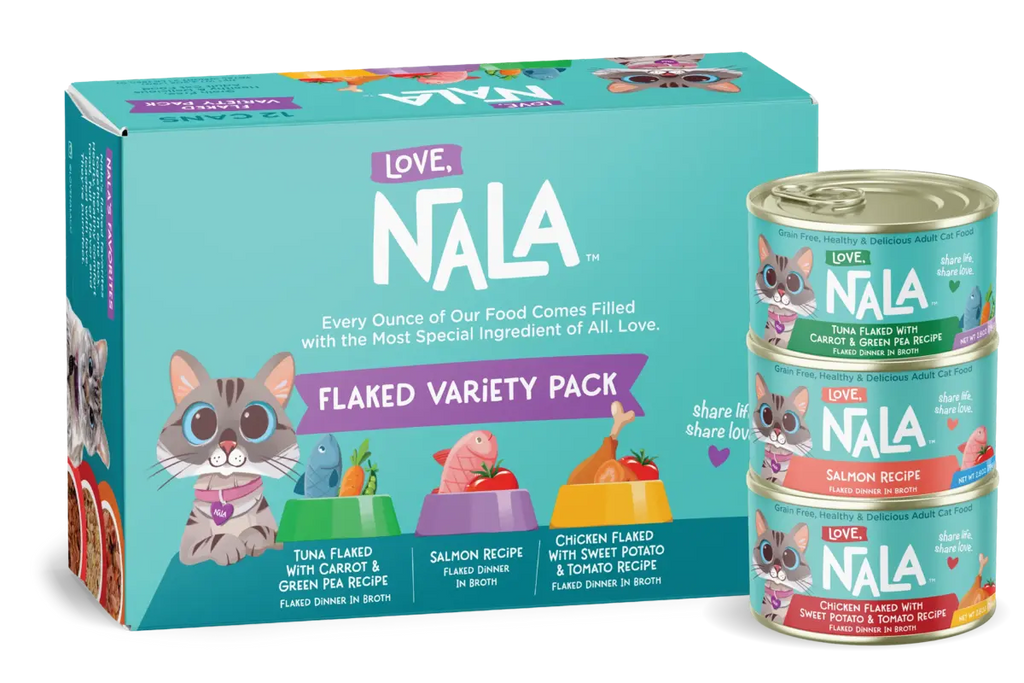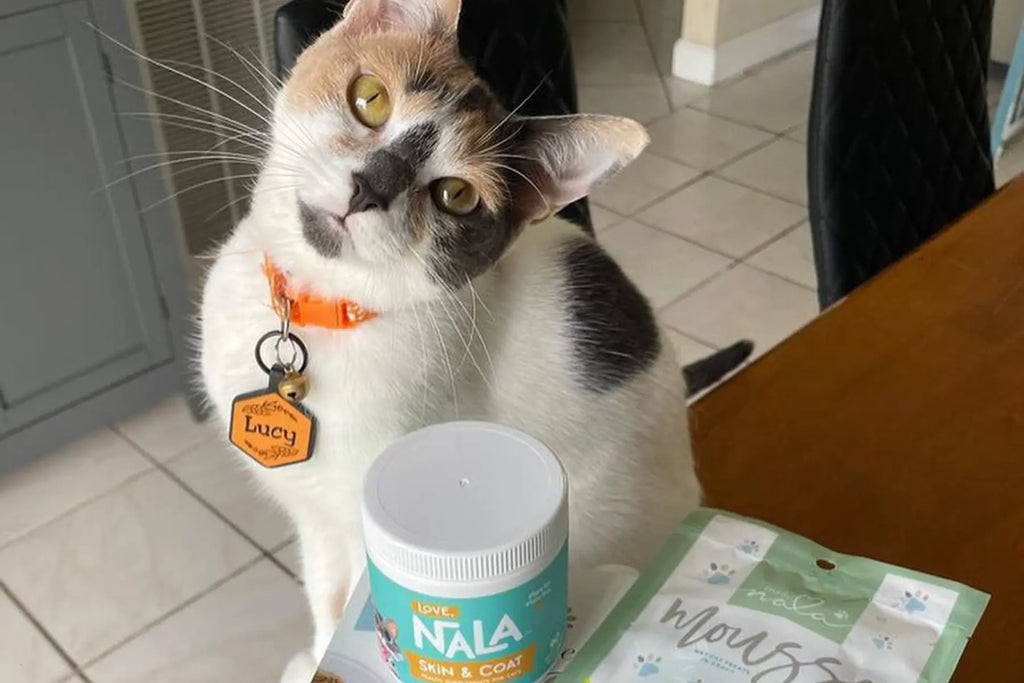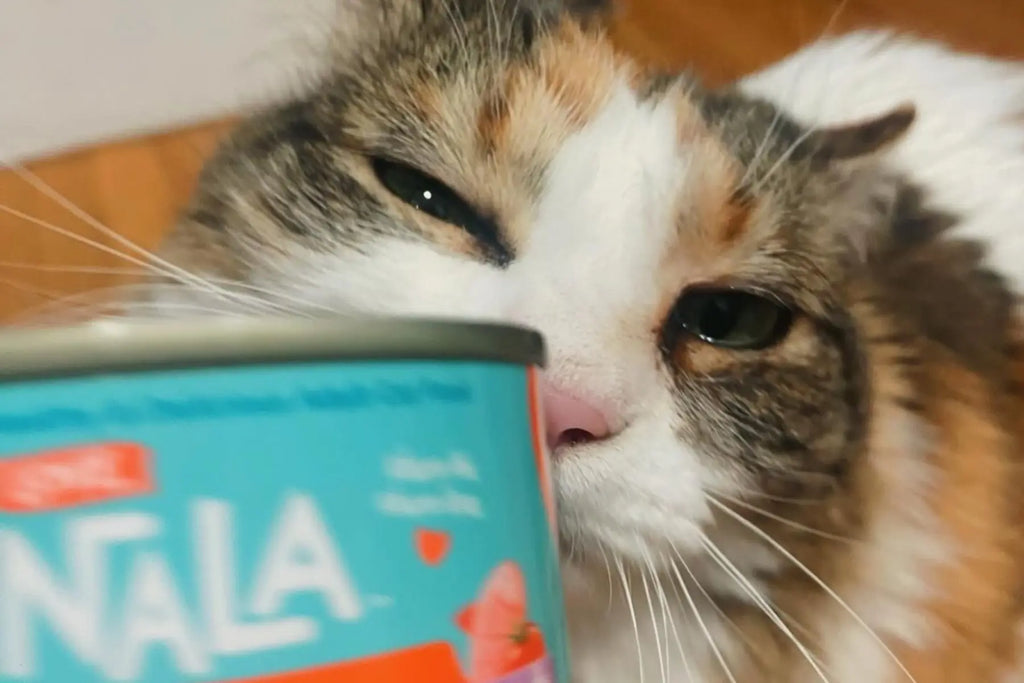As a responsible pet owner, one of the most important decisions you will make for your cat is choosing the right food. A balanced diet is crucial for your cat's overall health and well-being. However, switching to a new diet can be challenging for both you and your furry friend. In this article, we will discuss the best practices to consider when transitioning your cat to a new diet and several tips for doing so.

Best Practices for Transitioning Cats to a New Diet
Gradual Transition
The most important aspect of changing your cat's diet is the pace at which you introduce the new food. A sudden switch can disrupt your cat's digestive system, leading to symptoms like vomiting and diarrhea. To avoid these issues, it is recommended to extend the transition for one to two weeks. This gradual approach allows your cat’s digestive system to adjust to the new ingredients.
Monitor Your Cat
During the dietary transition, it's crucial to observe your cat closely. Monitoring key health indicators can help you measure how your cat is responding to the new food and whether any adjustments are needed to their diet or feeding strategy. Here are the specific aspects you should pay attention to:
- Appetite: A change in diet can affect a cat's willingness to eat. Monitor whether your cat is eating the food with the same enthusiasm as before or if they are hesitant. Some cats might eat less due to unfamiliarity with the new taste or texture, while others might eat more if they find the new food more palatable. It’s important to observe these changes as they can indicate whether the diet suits your cat or if it might be causing discomfort. Consistent refusal to eat could signal that the new diet is not agreeable, or it could be too drastic a change from their usual meals.
- Energy Levels: Energy levels are a good indicator of a cat’s health and well-being. A noticeable decrease in energy or lethargy can be a sign of an underlying issue with the new diet, such as it not meeting their nutritional needs. Conversely, an increase in energy could suggest that the diet is beneficial and provides them with more of what they need to thrive. Keep an eye on how much your cat is sleeping compared to usual and how active they are during their awake periods. Changes in play behavior and general activity can provide clues about their health status.
- Bowel Movements: The condition of your cat's bowel movements is a direct reflection of their digestive health. With a new diet, you might notice changes in the regularity, consistency, and even color of their stools. Healthy bowel movements should be consistent and formed, not too hard or too soft. Diarrhea or unusually hard stools can indicate that your cat is not adapting well to the new food, possibly due to ingredients that do not agree with them or that are different from what their digestive system is accustomed to handling. Regular monitoring can help you catch these changes early, allowing for a more informed decision on whether to continue with the new diet.
After carefully observing these indicators, you can better understand how your cat is handling the diet transition. If negative symptoms persist, it might be necessary to reconsider the diet change.
Consult With a Veterinarian
Before you begin altering your cat's diet, consulting with a veterinarian is essential. Veterinarians can provide valuable insights based on your cat’s specific health needs and dietary requirements. They can recommend high-quality foods that align with your cat’s age, weight, and any medical conditions. A vet can also offer advice on the appropriate portions and the best way to integrate new foods into your cat's diet to ensure a smooth transition. This professional guidance is crucial, especially for cats with special dietary needs or health concerns, ensuring that the diet change supports their overall health.
Introduce New Food During Low-Stress Times
Cats are highly sensitive to changes in their environment and routine, which can affect their eating habits. To minimize resistance or stress, introduce new food when your cat is in a calm and comfortable state. Avoid times of high stress, such as during a move, the arrival of new family members, or other disturbances. Choosing a quiet time when your cat feels secure and relaxed can make them more receptive to trying new food. This approach helps in making the dietary transition as smooth as possible, facilitating a positive response from your cat.
Mix New Food With Old Food Gradually
When introducing a new diet to your cat, the key is to mix the new food with the old food gradually. Here is a detailed approach:
- Start Small: Initially, incorporate a small quantity of the new food into your cat's usual diet. This should be about 10% of the total meal. For a cat accustomed to a particular flavor and texture, a sudden change can be jarring. By starting with just a small portion of the new food, you help minimize any initial rejection. Monitor your cat’s response closely—acceptance is a good sign, but hesitation may require more time at this initial stage.
- Increase Gradually: Over the next one to two weeks, slowly increase the proportion of new food while correspondingly decreasing the old food. Each day, increase the new food by about 10% and decrease the old food by the same amount. This gradual transition not only helps your cat adjust to the taste and texture of the new diet but also allows their digestive system to adapt to the new ingredients. The key is to watch for any signs of digestive upset or refusal, which might indicate that the transition pace needs to be slowed.
A successful diet transition can lead to better health outcomes and greater satisfaction for your cat. If any issues persist, consider consulting with a veterinarian to ensure the new diet is appropriate for your cat’s specific health needs.

Keep the Feeding Area Clean and Comfortable
Creating an ideal feeding environment for your cat is not only about maintaining cleanliness but also about considering the layout and sensory experience of the area. Cats have a keen sense of smell and are extremely sensitive to the odors surrounding their food. It is vital to clean the feeding bowls daily with mild soap and rinse them thoroughly to remove any residual smell of old food that might be off-putting. The choice of feeding bowls can also play a significant role; ceramic or stainless steel bowls are preferred over plastic, which can retain odors and bacteria. Placing a non-slip mat under the bowls can prevent them from sliding and spilling, making the feeding experience more pleasant for your cat.
Ensure the space is well-ventilated and receives natural light, if possible, as this can make the area more inviting. Additionally, some cats may prefer a bit of elevation; providing a raised platform for the food bowls can help those who find it uncomfortable or unnatural to eat from ground level, particularly older cats or those with medical issues affecting their mobility.
Associate New Food With Positive Experiences
To encourage your cat to accept new food, associate it with positive experiences. Whenever your cat tries the new diet, reward them with their favorite treats, engage in play, or provide extra affection. This positive reinforcement makes the new food more appealing and can ease the transition. By linking the new diet with enjoyable moments, your cat is more likely to develop a favorable impression of the food and continue eating it willingly. This strategy not only facilitates dietary changes but also strengthens the bond between you and your cat, making mealtime a joyful and rewarding experience for both.
Choosing the Best Diet for Your Cat
When it comes to choosing the best diet for cats, there are several options available. Dry cat food is the most common type and is convenient for pet owners. However, it can be low in moisture, which can lead to dehydration, especially in older cats. Wet cat food, on the other hand, is high in moisture and can help keep your cat hydrated. It is also a good option for cats with dental issues.
Grain-free food has become popular in recent years, but it is important to note that not all cats need a grain-free diet. Grain-free diets may be beneficial for cats with specific allergies or sensitivities, but they are not necessary for all cats. It is important to consult with a veterinarian before making this decision.
Diet kibble is formulated to help cats lose weight or maintain a healthy weight. These diets are typically lower in calories and fat and higher in fiber to help your cat feel full. It is essential to follow feeding guidelines and monitor your cat's weight when feeding diet cat food.
Raw diets for cats are becoming increasingly popular, but it is important to consider the risks associated with feeding raw food. Raw food can contain harmful bacteria, such as Salmonella and E. coli, that can cause serious illness in both cats and humans. It is crucial to consult with a veterinarian and take proper precautions when feeding a raw food diet for cats.
Tips for Transitioning Cats to a New Diet
Choose the Right Diet
Each cat is unique in terms of age, weight, health conditions, and dietary needs. For instance, kittens require diets rich in protein and calories to support rapid growth, whereas older cats may need fewer calories to prevent obesity but more fiber and nutrients to aid digestion. If your cat has specific health issues like kidney disease or diabetes, the dietary requirements will differ significantly from those of a healthy cat. As always, consulting with a veterinarian is crucial as they can recommend a diet tailored to your cat's health profile. This personalized approach helps ensure that your cat receives the optimal balance of nutrients required for a healthy life.
Avoid Changing the Diet Too Often
Cats have sensitive stomachs that best adapt to consistent meal types and schedules. If you must change their diet—perhaps due to health advice, unavailability of the usual brand, or nutritional needs—it's advisable to do so gradually. Consistency helps maintain their digestive health and reduces stress associated with eating. Before deciding to switch foods, consider the necessity of the change and consult with a veterinarian to ensure the new diet will benefit your cat's health without causing unnecessary digestive upset.
Don't Use Treats as a Meal Replacement
While treats can be an excellent way for cat owners to bond with their pets or encourage good behavior, they should not replace complete meals. Treats typically lack the necessary nutrients that a balanced healthy cat food provides and can lead to nutritional imbalances if overused. Excessive treatment can contribute to obesity, dental problems, and other health issues. It’s important to moderate the amount of treats given to your cat and ensure they are appropriate for their dietary needs. Ideally, treats should only constitute a small percentage of a cat’s daily caloric intake, with the bulk of their nutrition coming from a well-balanced, vet-approved diet.

The transition to a new diet for your cat is a significant decision that can have profound effects on their health and happiness. While the array of dietary choices may seem daunting, understanding your cat's specific needs and preferences is key to selecting the right food. Whether you opt for dry, wet, grain-free, diet-specific, or even raw food, ensure that your choice supports your age, health status, and lifestyle. Introducing new foods slowly and during stress-free times, mixing them with familiar foods, and maintaining a clean feeding environment will help ease the transition. Moreover, regular consultations with your veterinarian are invaluable, as they can provide tailored advice and monitor your cat's health throughout the dietary change. By approaching your cat's diet with care and informed decision-making, you can enhance their quality of life and enjoy the peace of mind that comes with knowing you are providing the best possible care.
